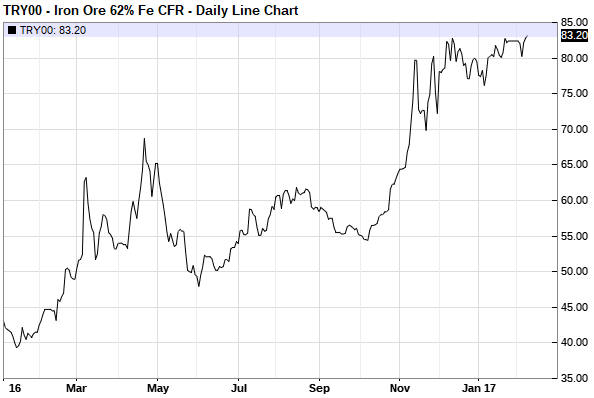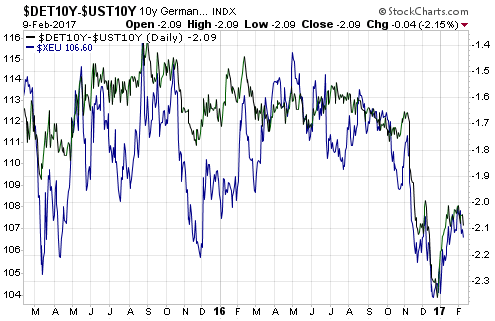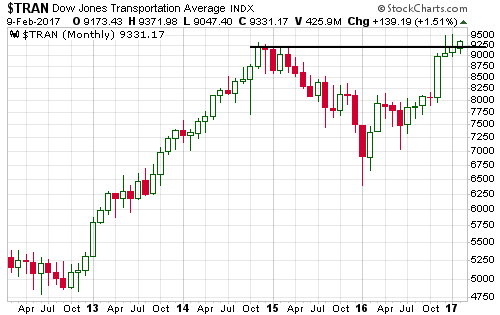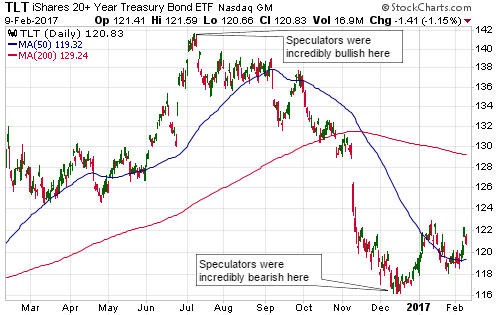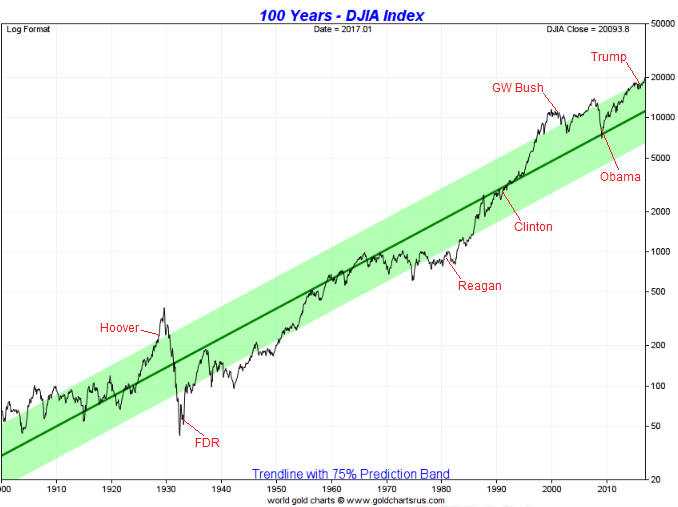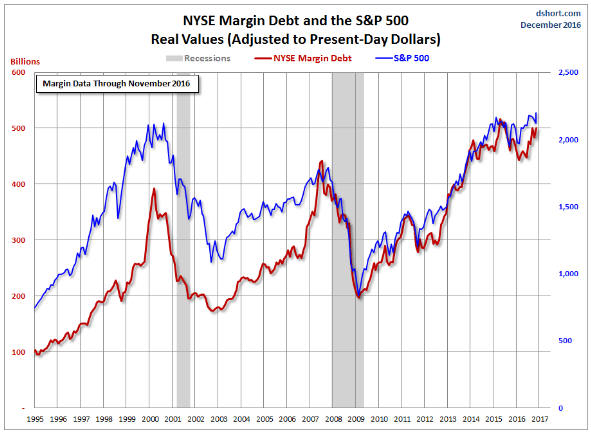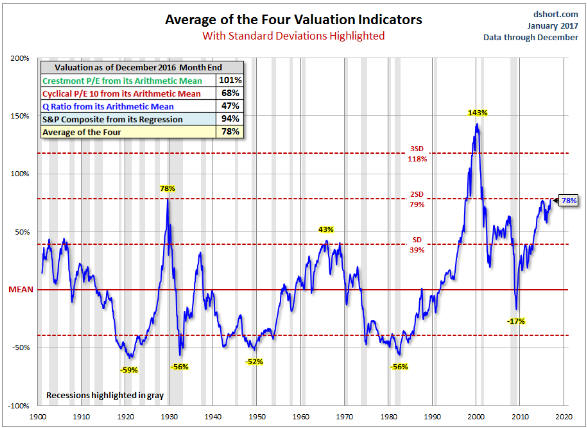It’s not just Donald Trump. Many political leaders around the world operate under the misconception that a trade deficit is a problem to be reckoned with. This misconception has been the root of countless bad policies over the centuries.
Trade, by definition, is not an adversarial situation resulting in a winner and a loser. Rather, both parties believe that they are benefiting, otherwise the trade would not take place. Most of the time, both parties do benefit. In general, one side wants a particular product more than a certain quantity of money and the other side wants the quantity of money more than the product. When the exchange takes place, both sides get the thing to which they assign the higher value at the time.
All the hand-wringing about international trade deficits is based on the ridiculous notion that the side receiving the money is the winner and the side receiving the product is the loser, but how could this be? If the side receiving the product was losing-out then it wouldn’t enter into the trade. Furthermore, given that today’s money is created out of nothing, if a trade were to be viewed as a win-lose situation then surely it’s the side receiving the product that should be viewed as the winner.
That being said, I don’t want to confuse the argument by asserting that it makes sense to view the side receiving the product as the winner in the exchange of money for product. Both sides are winners, because both sides get what they prefer at the time of the exchange.
For example, if you shop at Wal-Mart then you run a trade deficit with Wal-Mart. Is this trade deficit a problem for you? Obviously not, otherwise you wouldn’t shop there. Would it make sense for the government to step in and slap a tax on all Wal-Mart products, thus forcing you to buy less products from Wal-Mart and thereby reducing your trade deficit with that company?
Some will claim that a trade deficit is only a problem when it happens between different countries, but countries aren’t entities that trade with each other. People trade with each other, and political borders don’t determine what is and isn’t economically beneficial. If John and Bill have been trading with each other for years to their mutual benefit within the same political region, placing a political border between them wouldn’t mysteriously alter the mutually-beneficial nature of their trading.
Another point that should be understood is that a “trade deficit” for a country results in an investment surplus for that country. The reason is that the monetary surplus on the trade account doesn’t disappear or get placed under a mattress, it gets invested in securities (stocks and bonds), real estate, businesses and projects. A trade deficit therefore isn’t associated with a net flow of money out of the economy, it is associated with a re-routing of money within the economy. There is no good reason to expect that this re-routing will lead to a net loss of jobs. In fact, the opposite is the case.
Unfortunately, while a so-called trade deficit is not a problem, the taxes, tariffs, subsidies and other government measures that are implemented to reduce a trade deficit definitely do cause problems.
 Print This Post
Print This Post

